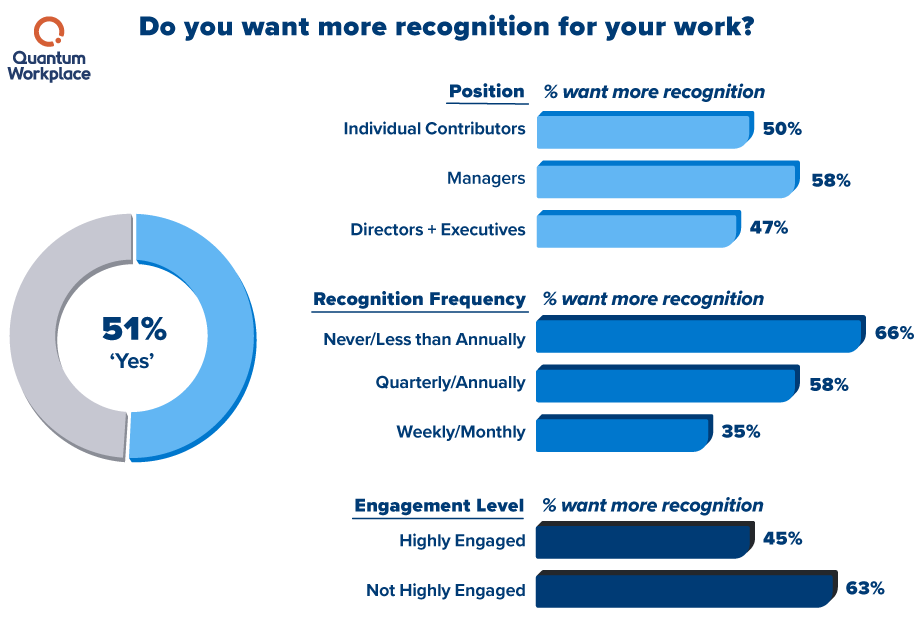Change is a constant force in today’s business landscape. New technologies emerge at breakneck speed, customer expectations evolve, and market forces constantly shift. While some employees thrive on constant evolution, change can also be disruptive and demotivating for others. As a leader, it falls on you to navigate this transition and keep your team engaged and enthusiastic. This post will equip you with strategies to infuse enthusiasm into your team while embracing organizational change.
Acknowledging the Human Response: Empathy is Key
The first step to successful change management is acknowledging the human element. Change can be stressful, and ignoring that reality only breeds resentment. Studies by the Prosci Change Management Benchmark Clearinghouse show that a lack of communication is a major factor in change failure. Openly acknowledge the challenges and anxieties your team might be facing. Let them know it’s okay to feel apprehensive – it’s a natural human response, as highlighted in the book “Switch: How to Change Things When Change Is Hard” by Chip Heath and Dan Heath.
Framing the Narrative: Painting a Positive Picture
Help your team see the positive aspects of the change. Is it a chance to learn new skills that will make them more valuable in the job market? Will it streamline processes and free up time for more creative and strategic work? Highlight the benefits of the change and how it aligns with the company’s goals. This “framing” technique, as described in “Switch,” can help people overcome their natural resistance to change.
Harnessing the Power of People: Collaborative Change Management
Don’t dictate the change from the top down. Solicit your team’s input. Ask for their ideas on how to implement the change smoothly and effectively. This fosters a sense of ownership and makes them feel valued. Research by Gallup shows that employees who feel involved in decision-making are 6 times more likely to be engaged at work.
Communication: The Cornerstone of Trust
Communication is key throughout the change process. Be transparent about timelines, expectations, and potential roadblocks. Regular communication builds trust and reduces anxiety. Utilize a variety of communication channels to reach everyone on your team, from town hall meetings to one-on-one conversations.
Celebrating Milestones: Recognizing Achievement
Change takes time. Recognize and celebrate even small victories along the way. A simple “thank you” or a team lunch can go a long way in boosting morale. A study by Quantum Workplace found that more than half of employees who receive recognition quarterly or less would like more, and 63% of disengaged employees said the same.

Empowering Through Support: Equipping Your Team
New processes and technologies can be daunting. Provide your team with the necessary training and resources to succeed in the new environment. This demonstrates your commitment to their growth and helps them feel confident in their ability to adapt.
Leading by Example: Setting the Tone
Your own attitude towards change is contagious. Be enthusiastic and show your team that you believe in the process. Your positive energy will inspire them to embrace the new direction. A study from the Journal of World Business found that working for a leader with high emotional intelligence leads to stronger performance and more job satisfaction.
Remember, Change is a Journey
By actively managing the transition, acknowledging concerns, and fostering a positive and collaborative environment, you can empower your team to embrace change with enthusiasm. Change is a journey, not a destination. Patience, clear communication, and a focus on the positive will equip your team with the tools they need to thrive in the new normal.
Bonus Tip: Embrace the Learning Curve
Change presents an opportunity for both individual and team growth. Encourage your team to embrace the learning curve and see challenges as opportunities to develop new skills and knowledge. This growth mindset, as discussed by Carol Dweck in her book “Mindset: The New Psychology of Success,” will help your team approach change with a sense of resilience and optimism.
By implementing these strategies, you can lead your team through change with enthusiasm and ensure that your organization thrives in the ever-evolving landscape of healthcare finance.

